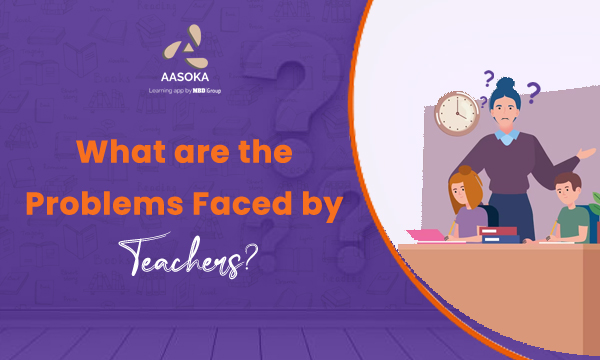A nation’s destiny is greatly influenced by its teachers who work in the honorable field of teaching. Yet, teachers in Indian classrooms frequently deal with a wide range of difficulties that may have an effect on their productivity and overall job happiness.
We’ll examine a few of the common challenges faced by Indian teachers in the classroom.
- Large class sizes: Large class sizes are frequently a result of India’s high student-to-teacher ratios. This makes it challenging for teachers to focus on each student individually and meet their unique learning needs. Making a stimulating and dynamic learning environment becomes challenging for teachers.
- Lack of infrastructure and resources: Insufficient classrooms, libraries, laboratories, and instructional tools are a common problem in Indian schools. Teachers frequently struggle with delivering effective lessons and including students in experiential learning opportunities due to a lack of resources or obsolete materials.
- Limited teacher training and professional development: Poor initial education and a shortage of professional development opportunities are common in India for teachers. This has an impact on their topic knowledge, pedagogical abilities, and awareness of current methods of teaching. Workshops and ongoing training programs are essential for enhancing teachers’ effectiveness.
- Language barriers: India is a country with a wide variety of regional languages. When students come from different linguistic origins, teachers may run across language barriers in the classroom. Language barriers must not prevent students from participating and understanding what is being taught. Teachers must find efficient communication methods to make the classroom more inclusive.
- Student indiscipline: For Indian teachers, maintaining order in the classroom can be very difficult. Students may behave disruptively, be unmotivated, or bully others. In order to control student behavior and foster a welcoming and respectful learning environment, teachers must put in the necessary time and effort.
- Examination pressure: Exams and grades are heavily emphasized in the Indian educational system. Both teachers and students are under enormous stress as a result. There may not be enough time for teachers to promote critical thinking, creativity, and holistic development if they feel pressured to concentrate solely on exam-oriented instruction.
- Administrative work: In schools, administrative work including surveys, documentation, typing exams, election duty and admissions frequently take up teachers’ time. The time that can be better used to create lesson plans, check homework or assignments are spent doing administrative work.
- Parental expectations: In India, parents frequently hold teachers to a high standard when it comes to their children’s academic achievement and potential for growth. Teachers could feel under pressure to live up to these standards, deal with parent-teacher interactions, and address issues with favoritism and student comparisons.
Conclusion
Collective efforts and institutional reforms are needed to address these issues. To improve the teaching-learning process in India, it is essential to improve teacher training programs, facilities, and resources, develop a healthy school culture, and involve parents in the educational process. Recognizing the value of teachers and giving them the resources and assistance they require to provide all children with a high-quality education is crucial.

